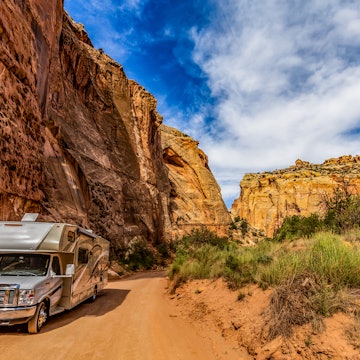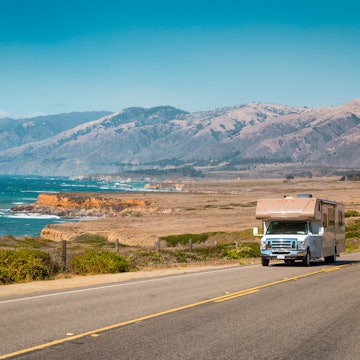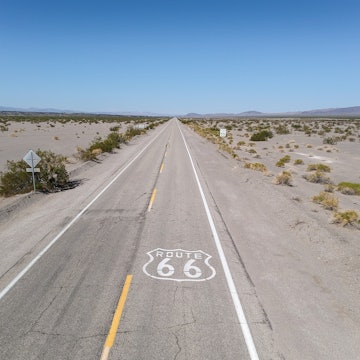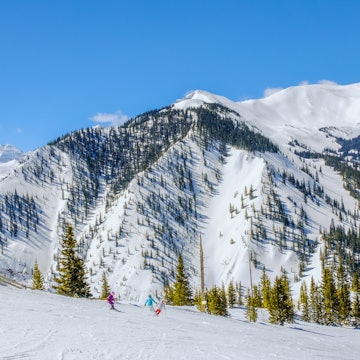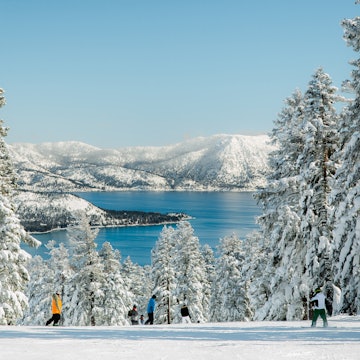

Vitagliano Winery in Temecula, California. kpzelli/Shutterstock
California may be known for its sunny beaches, Hollywood glamour and tech innovations, but it’s also a major player in the world of wine. The state produces an average of 81% of all U.S. wine and ranks as the fourth-largest wine-producing region globally. More than 4800 vineyards span over 610,000 acres, from foggy northern valleys to sun-drenched southern hills. Many of California’s wine regions, like Santa Barbara, are coastal gems. And inland towns like Anderson Valley, Sonoma, Napa, Paso Robles, and Southern California’s Murrieta and Temecula all offer distinct vineyard experiences and stunning scenery.
But wine is just the beginning. With the vast natural beauty of California, visitors can hike through redwoods, soak in hot springs, explore historic towns, and indulge in farm-to-table dining, all near some of the world’s best wineries – combining adventure, relaxation and scenery with every sip. Here’s a north-to-south guide to California’s best wine regions.
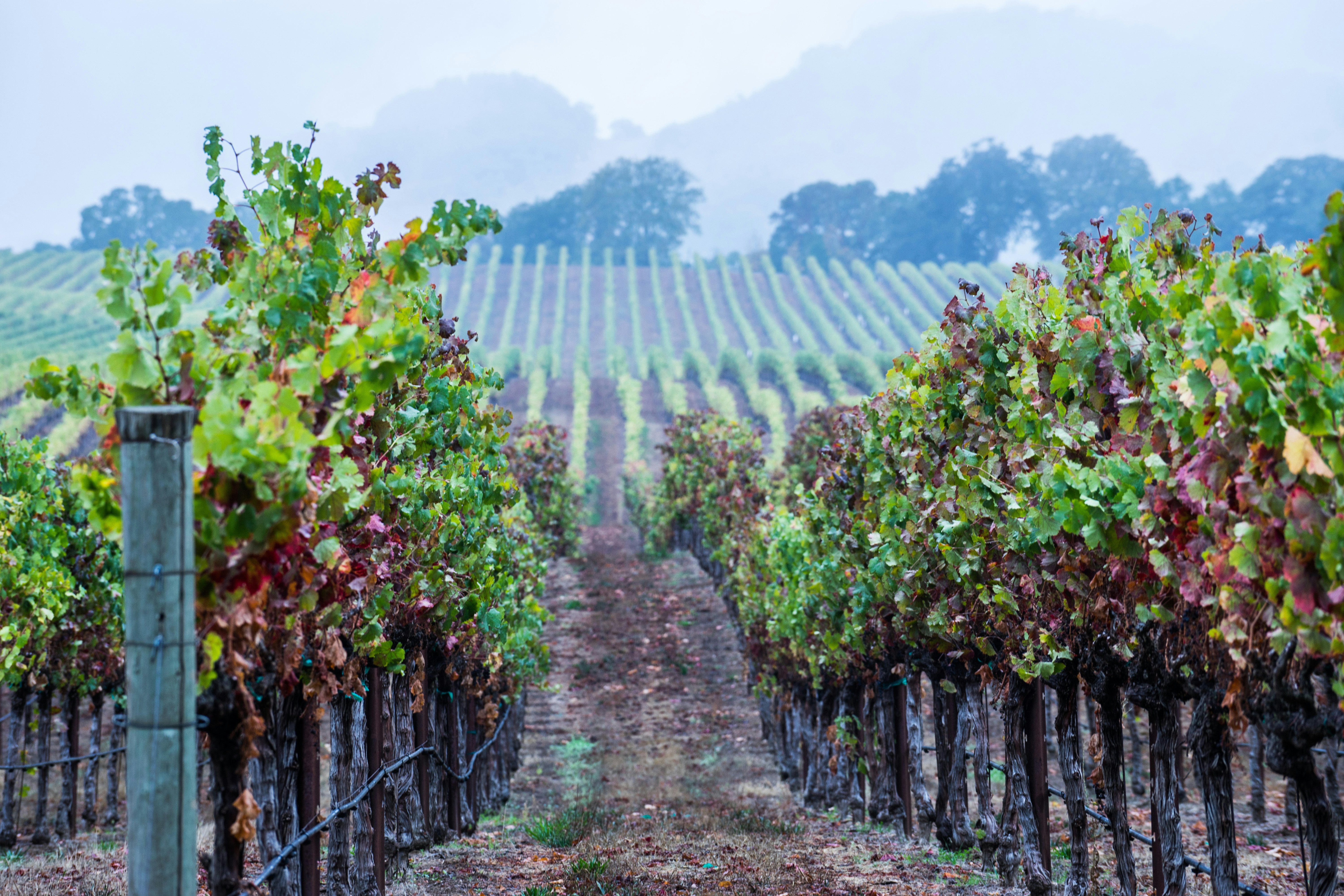
1. Anderson Valley
Best for quiet escapes and intimate, affordable wineries
Anderson Valley is one of California's most quietly spectacular wine regions. Just two hours north of San Francisco, this narrow valley in Mendocino County channels fog and ocean breezes through towering redwoods, creating the perfect climate for its star grape: Pinot Noir.
With 30 wineries and 90 vineyards across 2500 acres, tastings are relaxed and affordable ($10–$25, and often waived with a bottle). Local standouts include Navarro Vineyards (famous for $10 tastings and wallet-friendly bottles), Roederer Estate (renowned for its award-winning sparkling wines), and Toulouse Vineyards (beloved for its breathtaking valley views).
Although Pinot Noir takes center stage, don’t overlook the region’s white and sparkling wines. Every February, Anderson Valley hosts what it says is North America’s only International White Wine Festival. With more than 40 premier wineries and international producers pouring, alongside food pairings and seminars, it’s one of the best times of year to visit this gem.
The valley offers farm-to-table dining; cozy, quaint stays at places like Brambles and The Apple Farm; and plenty of outdoor activities, from hiking through redwood trails to kayaking along the Navarro River.
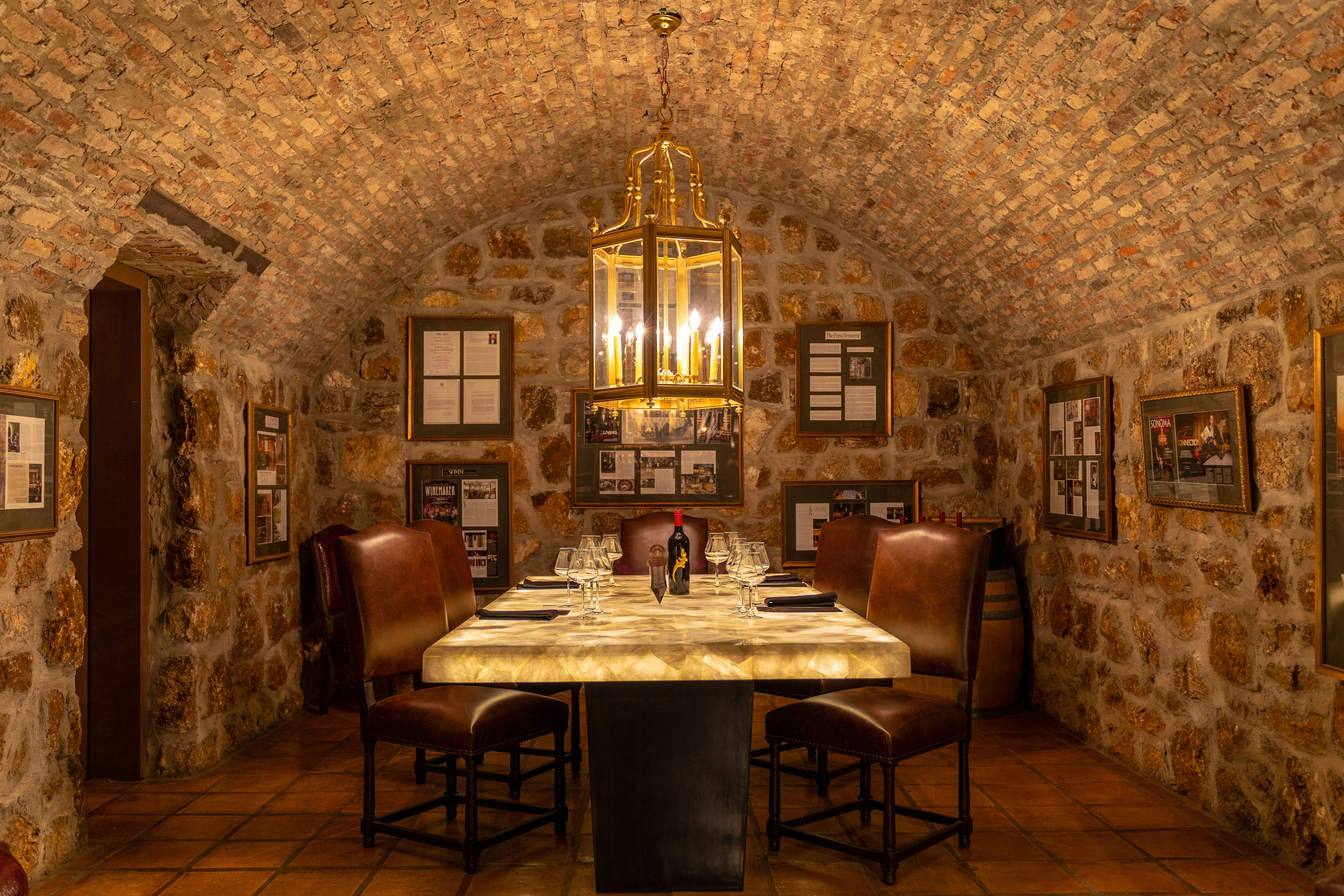
2. Sonoma
Best for families and foodies
Just south of Mendocino and west of Napa, Sonoma County is California wine country at its most approachable. With over 425 wineries across 19 AVAs (American Viticultural Area – federally recognized grape-growing regions) and 60,000 vineyard acres, the county produces everything from Chardonnay to Rosé to Cabernet. Tastings are typically $15–$35, making Sonoma perfect for both newcomers and seasoned wine lovers.
Boutique wineries like Aesthete Winery & Farm offer a scenic escape along Dry Creek, where visitors can picnic while kids meet farm friends – including a beloved herd of rescued goats. When visiting J Vineyards & Winery, come hungry: the tasting experience is elevated with a five-course pairing menu featuring sparkling wines and world-class varietals. History buffs shouldn’t miss Buena Vista Winery, founded in 1857 and often called Sonoma’s most famous winery. Both California’s first premium winery and a registered California Historic Landmark, it presents old-world winemaking in restored 19th-century buildings, with costumed educators and historic wine caves. St Francis Winery pairs award-winning, fruit-driven wines with experiences like tastings under redwoods and seasonal pedal trolley tours throughout the property.
Stay at resorts and spas just minutes away from top wineries, including Vinarosa, The Lodge at Bodega Bay and The Madrona. Head to Michelin-starred restaurants like SingleThread and Enclos for meals that highlight the region's farm-to-table ethos. Casual dining options are also available at places like Pizza Leah (order the Old Grey Beard) and Sunflower Caffè. Adventure seekers can paddle the Petaluma River, zip-line through coastal redwoods, or forage with local chefs, while wellness enthusiasts will find spa retreats like the Osmosis Day Spa Sanctuary and thermal pools to rejuvenate after a day of tastings.

3. Napa Valley
Best for luxury seekers and bucket-list wine experiences
No California wine journey would be complete without a stop in Napa Valley, the state’s most famous and therefore often priciest wine region. Known for its iconic Cabernet Sauvignons, world-class wineries, and rolling vineyard-covered hills, Napa is as gorgeous as it is aspirational – a true bucket-list destination for wine lovers.
With over 500 wineries, 95% of them family owned, you really can’t go wrong when visiting. Tastings here can range from $40 to more than $150, depending on the winery and experience, so it’s worth planning ahead. Spots include Opus One, where ultra-premium tastings feel like stepping into a wine sanctuary; Domaine Carneros, famous for its sparkling wines and elegant terrace views (I couldn’t stop taking photos when I visited!); and Castello di Amorosa, a 13th-century-style Tuscan castle with wine caves that make every sip unforgettable.
Napa's experiences are as luxurious as its bottles. Think hot-air balloon rides over acres of vineyards, cycling along scenic country roads, and boutique shops to bring a little magic home. Notable stays include Auberge du Soleil, Meadowood Napa Valley and Bardessono.
Travel tip: Napa isn’t a budget-friendly place, but visiting during the low season (November to March) can help keep costs more manageable.

4. Paso Robles
Best for boutique stays
Midway down California’s coast, you’ll find Paso Robles – a less-crowded wine destination with a reputation for big reds like Zinfandel and Cabernet Sauvignon. With over 200 wineries spread across rolling hills and oak-studded valleys, it's perfect for travelers seeking quality wine without the Napa price tag.
Top spots include Justin Vineyards & Winery for elegant tastings and sweeping views, Tablas Creek Vineyard for Rhône-style wines, and Daou Vineyards, perched on a hilltop with panoramic scenery. Tastings generally range from $25–$100 and offer educational experiences and sweeping views.
Paso Robles has hot springs, charming downtown tasting rooms, and boutique stays at places like Hotel Cheval, Bellasera or Farmhouse for a more affordable and quirky option.

5. Murrieta and Temecula
Best for sun-soaked, low-key, pet-friendly escapes
Just one and a half to two hours from Los Angeles and about an hour from San Diego, Murrieta and neighboring Temecula offer a sun-soaked, low-key alternative to the more famous north regions. While lesser known, the area is just as charming, with dozens of wineries producing everything from Tempranillo to Syrah. Tastings are typically $15–$35, and many vineyards like Vitagliano and Oak Mountain Winery are pet-friendly, making it easy to pop in for a day or enjoy a longer weekend getaway.
One standout is Murrieta Hot Springs. With more than 50 pools and eight with geothermal water, it's an ideal visit for soaking away stress after wine tastings. The region’s rolling hills, sunny climate, and proximity to Temecula’s Old Town make it perfect for cycling, hot air balloon rides, or leisurely strolls between tasting rooms.
Health-conscious travelers may also be intrigued by the nearby Blue Zone of Loma Linda, known for residents’ longevity and active lifestyles. With scenic landscapes combined with local farm-to-table dining at places like The Goat & Vine and Bluewater Grill, Murrieta and Temecula can give travelers a relaxed, rejuvenating and vibrant wine-country experience.








